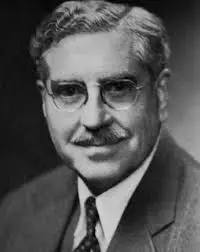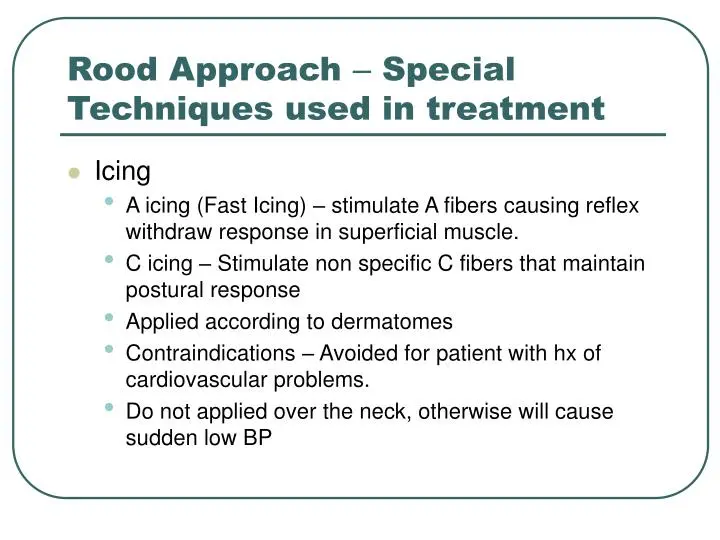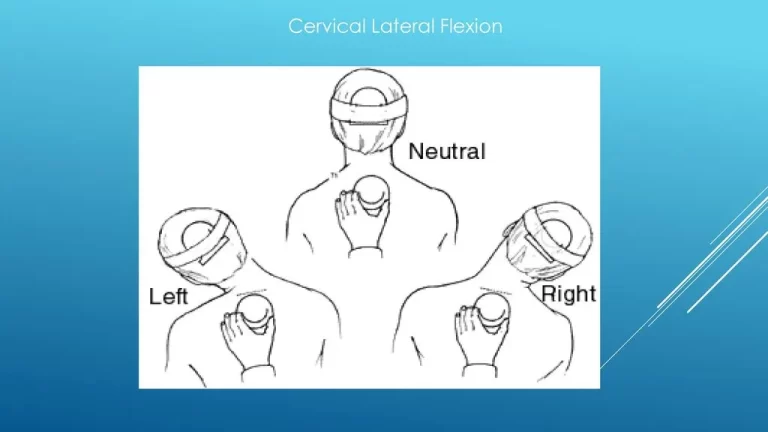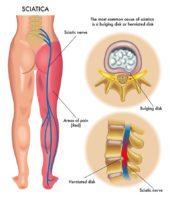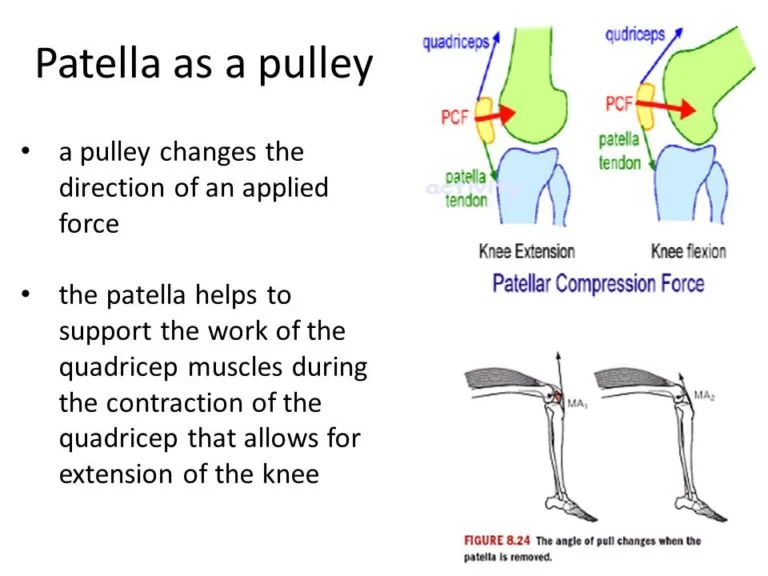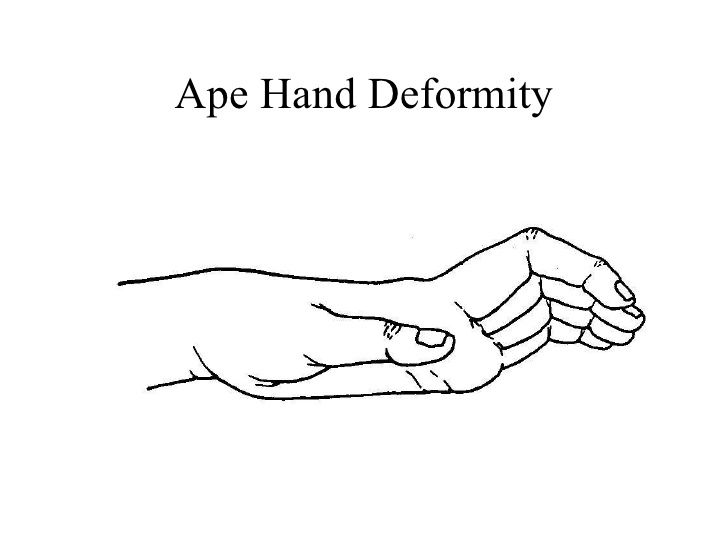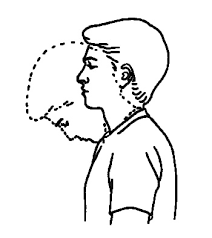Temple Fay Technique: A Progressive Pattern Movement
Table of Contents
What is a Temple Fay Technique?
In Temple Fay’s philosophy, the child is taught to move according to evolutionary development. Fay also suggests that human ontogenic development is based on phylogenetic development in the evolution of the species.
Temple Fay was a neurologist and neurosurgeon from America (January 9, 1895, Seattle – March 7, 1963, Philadelphia).
Thus, he contended that movement sequences should be built up from reptilian squirming and amphibian creeping, through mammalian quadripedal reciprocal movement, to the erect walking of the primates.
He believed that lower-order animals with simple nervous systems could carry out squirming and creeping movements, so a human who has an abnormal cerebral cortex should be able to perform the same patterns.
These creeping movements are taught initially with passive movements known as patterning. The child is later encouraged to perform them alone.
The movement patterns are developmental and Fay suggested that they should be followed in a strict sequence:
- Prone Lying – Head and trunk rotation
- Primitive homolateral creeping
- Contralateral creeping
- Crawling
- Elephants walk on hands and feet
- Walking pattern.
Another aspect of this system used extensively with young people with severe head injuries by the author, is the use of unlocking reflexes to reduce hypertonus.

Stage 1: Prone lying Position:
Rotation of the head and trunk side to side.
Stage 2: Homolatera! stage
Lying prone with head twisted to one side. Hand is open, thumb pointing toward the mouth, elbow semiflexed, and arm in abduction-external rotation on the face side. Leg in abduction on the face side, knee flexion in opposition to the dorsiflexion of the foot.
The child’s leg is stretched on the occiput side, his arm is internally rotated, and his hand opens at his side or the lumbar region of his back. Head movements include swiveling from side to side, sweeping the face, arm, and leg down to the extended position, and flexing the opposing arm and leg up to the position close to the face as the head rotates.
Stage 3: Contralateral stage
Prone lying.
Arm on the face, head tilted to the side, similar to stage 2. The leg, however, was expanded on the face side. Flexed on the side of the occiput was the opposite leg. This contralateral pattern shifts from side to side as the head rotates.
Stage 4: on hands and knees
Mutual crawling and striding with hands and feet in the “elephant walk” or “bear walk.”
Stage 5: Walking patterns.
This is a sailor’s walk.
At least five times a day, this method should be done quietly for five minutes. While one person moves the arm and leg to one side, another person twists their head. and the arm and leg are moved by someone else on the other side. A youngster is “prevented from walking” if they are not adept in wooss pattern creeping. It is thought that “neurological organization” is feasible if every developmental stage is completed before moving on to the next.
Other Related Neuro. Technique:

